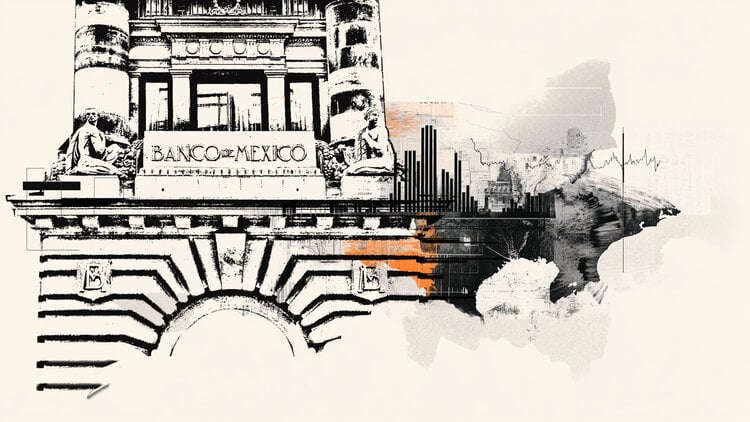The Independence of Brazil was proclaimed on September 7, 1822, however, the beginning of the Brazilian Empire was only possible thanks to several previous events.
It was a long process until the “cry” of Dom Pedro I on the banks of the Ipiranga River, in São Paulo. There are other historical versions that point out that there was not exactly a cry at the edge of the stream, but rather the acknowledgment of the already signed declaration of the end of Portugal’s rule over the country.
For the historian and anthropologist Lilia Schwarcz, the beginning of the independence process took place on the occasion of the mining and tailors’ conspiracies. “It was at this moment, still at the end of the 18th century, that people began to talk about the emancipation of Brazil”.
The continuation of this process takes place in 1815 with the revolution in Pernambuco. “It was the first province to speak not only of separation, but also of the Republic”, points out Lilia.
In the same year, with the presence of the royal family on Brazilian soil, Brazil is elevated to the category of United Kingdom to Portugal.
“From then on, it would be very difficult to go back to the previous situation because new social and institutional conflicts arose, which resulted in clashes between the native Portuguese and those who wanted to restore the colony. From tension to tension, the process has worsened and our Independence will not be as peaceful as it was for a long time imagined, with armed struggle taking place in different parts of the country, such as in Bahia”, explains Alberto Aggio, historian and history professor at the Paulista State University in France.
Amid international pressure, Dom João VI returns to Portugal and to ensure administrative continuity and royal presence in Brazil, his son Dom Pedro I was designated as Prince Regent.
Shortly thereafter, in an attempt to recolonize Brazil, the Portuguese courts issued a decree demanding the return of Dom Pedro to Portugal. As a way to stop possible recolonization, the Brazilian elite collected eight thousand signatures in a request for the then Prince Regent to stay in the country.
Fico day
On January 9, 1822, Dom Pedro I declared that he would remain in Brazil: “If it is for the good of all and the general happiness of the nation, I am ready! Tell the people I stay”.
“The Dia do Fico is important in this context because it indicated disobedience to the orders of the Portuguese Courts of Lisbon.
Months later, the “Comprase” was enacted — Portuguese orders would only be valid in Brazil with the approval of the Prince Regent. Followed by the convening of a Constituent Assembly in the country.
cry of independence
Maria Leopoldina, as princess regent, believed that the separation between Brazil and Portugal should happen and signed the letters asking Dom Pedro to proclaim independence.
“She exerted an important influence on Dom Pedro in the face of the demands of the Portuguese Courts of Lisbon. Leopoldina allied with José Bonifácio and conducted the political meetings of the court in Brazil in Dom Pedro’s absence. She signs a letter of Independence in the absence of the Prince Regent, advancing in political definitions in the face of the demands of Portuguese power”, explains Aggio.
A few days later, when he was in São Paulo, Dom Pedro I proclaimed on the banks of the Ipiranga River “Independence or death”.
Source: CNN Brasil







